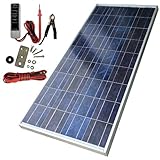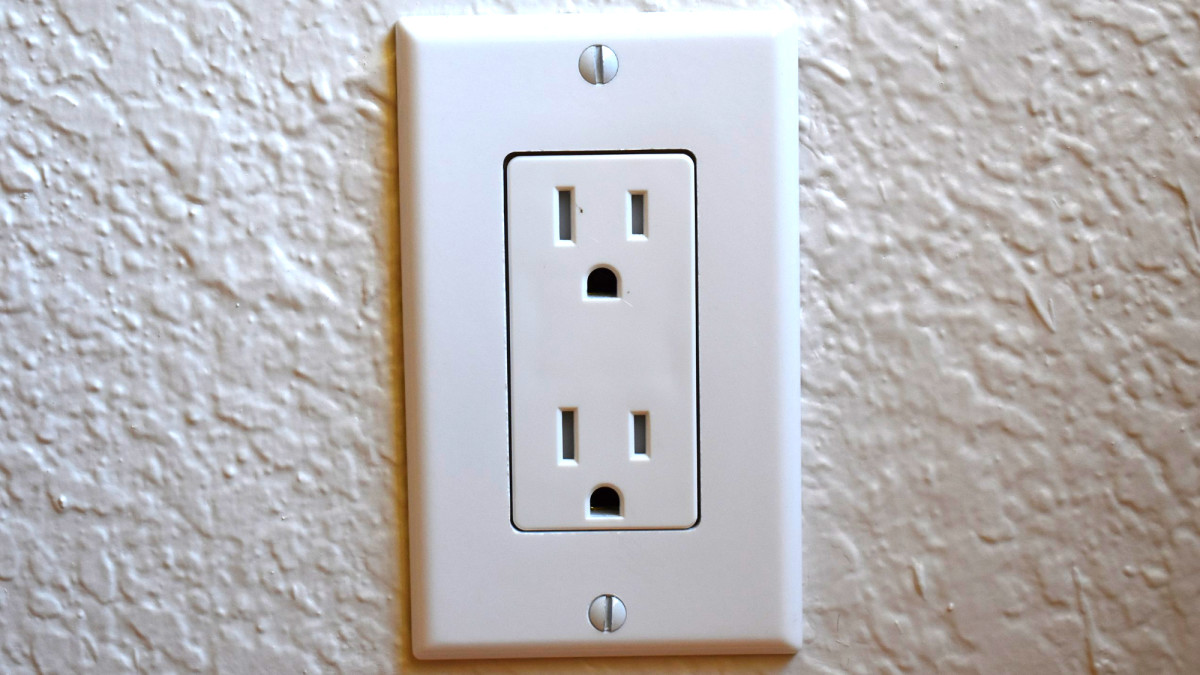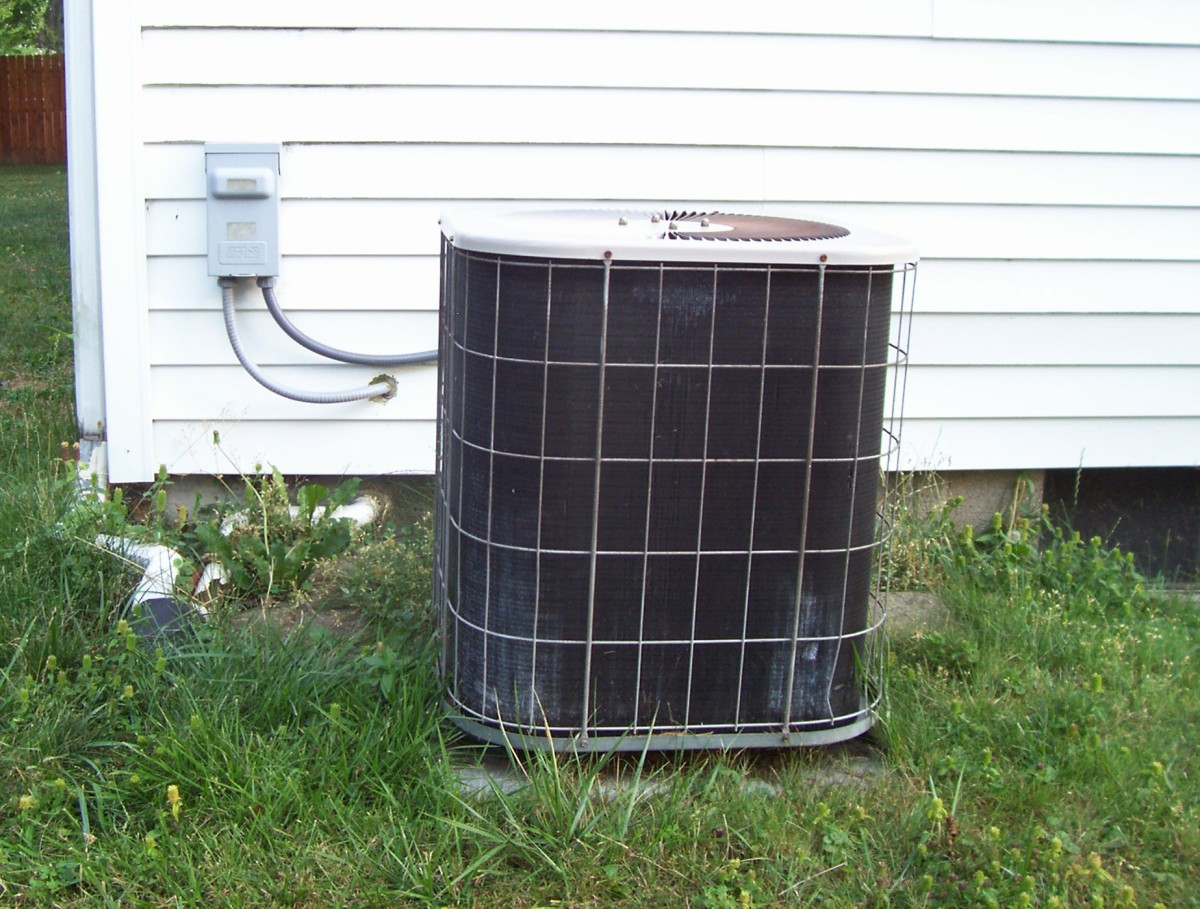Are Feed-in Tariffs A Good Idea?
The Pros
Since April 1st, 2010 people living in the UK are entitled to take advantage of a scheme that makes installing solar panels on your house or a wind turbine on your property much more affordable.
Few people disagree with the imperative to reduce carbon emissions - even climate change skeptics are normally agreed that high carbon emissions are far from ideal. It is also not in dispute that fossil fuels are limited and that alternative sources of energy need to be developed and made widely available. Although I’m always reading some crazy spammer on the internet claiming that there are massive oil reserves left, I tend to feel that the foreign policies of such countries as America and China give the lie to these optimistic assertions.
To focus on the new act of parliament: the Feed-in Tariffs bill offers homeowners 3 cash saving benefits for paying for off-the grid, renewable and low (or zero) carbon energy sources. To qualify for the benefits the technology that you buy and install must be recognized under the Microgeneration Certification Scheme (MCS). There are a number of companies that you can find online who have MCS accreditation.
Here are the cash savings
1) Generation Tariff – This is a set monthly rebate paid by the government for each kWh of electricity produced by your photovoltaic cells or wind turbine. This is guaranteed for 25 years.
2) Export Tariff – For any electricity you don’t use and export to the grid you are paid 3p per kWh by the electricity company.
3) Energy Bill Savings – Obviously with some of your energy being provided for free by solar PV and wind turbines your energy bills are going to be reduced.
According to the official Feed-in Tariffs website if an average household with a three or four bedroom house, installed solar PV panels that generate electricity, the Feed-In Tariffs would provide the following benefits: The electricity generated would pay the homeowner £836 a year tax-free. Remaining electricity costs would be reduced from £450 to £300: saving £150 Therefore, the total benefit would be £986 per year. This is based on an average use of 4,500kWh of electricity per year and the installation of 2.5kW of solar PV panels.
These are great numbers and if you are a homeowner it is one of the best investments you can make.
The Cons
Detractors point out that the government subsidy is too high, that the tax payer is paying too much compared to the reduction in carbon. Under this scheme it costs £430 to save one tonne of C02. Sadly to build a nuclear power plant costs £8 per tonne of C02 saved.
Another valid point is that the sun simply doesn’t shine that much in the UK. In the tropics when the sun is blazing during the day the demand is highest for electricity for air-con. Under this situation solar generated energy makes very good sense.
There is also a socio-economic point to be made: this law benefits the middle-classes who can afford to buy a house and then buy solar PV panels. The working classes pay in tax and increased electricity bills (the export tariff will no doubt be covered by the electricity companies by passing on the costs to the consumers) and yet many of the working class doesn’t own houses let alone solar PV panels. This is shifting money from the working classes to the middle classes. Already in Germany a similar scheme has been drastically cut back because of the expense to the government.
Finally, it could be argued that mass alternative energy creation is much better value for money considering the UK’s climate. Economies of scale could allow for cheap wind farms and other such projects that harness the energy our weather contains more effectively and efficiently.
My position
I, the author, am torn between these two camps. I agree it is probably not fair to those who can’t afford to buy a house and that the expense per tonne of C02 saved is too high.
On the other hand, seeing my government take renewable sources of energy more seriously seems a major step in the right direction. The technology is there and using economic incentives is a great way to promote more bottom-up solutions to the problem of creating clean energy. The future lies in people making their own solar PV panels and not cashing in on juicy subsidies but instead going off the grid. Self-sufficiency on a micro-level is needed to make self-sufficiency possible on a macro level.
For those interested: there is a much cheaper way to get solar energy then to buy a ready-made photovoltaic system. And that is to bid for solar cells on ebay and then build your own casements. A guy called Mike has a brilliant website showing you how it is done. It is to guys like Mike that we should be looking to for advice rather than to be looking to the government for hand-outs.
More Green Hubs and Energy Saving Hubs
- VOCs in the Home
Did you imagine that your perfume or dry cleaned clothes were making you sick? - The Importance of Re-Purposing
Imagine the world suddenly stopped producing new consumer items tomorrow. How would we survive? The answer is by re-purposing and upcycling. - How to Reduce Your Home Electricity Bills
The average family in the USA spends $2,200 a year on energy bills. A lot of these dollars are wasted. This article is about what you can do to reduce the waste in electricity use in your home. - Green Gift Ideas
It is often not easy to find a great present for a friend or family member. It seems there is so much choice and yet nothing really stands out. So why not try to buy earth-friendly products this year for the special people in your life? - Planned Obsolescence
Until recently companies did not see that it was in their interest to build products that last forever. If they did sell a product that never wore out or broke they would quickly run out of customers. - Whole Trees Architecture
Whole Trees Architecture and Construction is a small company set up by architect Roald Gundersen and his wife Amelia Baxter that builds houses and garden structures made from whole trees. - The Problem With Trying to Legislate a Revolution
The most important ideology to emerge over the last few years is environmentalism. The Green movement has progressed since the early 1980s when the first successful Green party appeared in Germany. - Oxygenics TriSpa Shower
In the next 50 years the population of the world is set to double. Already much of the land near the equator is suffering from "high water stress". Meaning the people who live in these hot areas are struggling to find enough clean water. - Act Now To Stop Another Oil Spill Disaster
Watching the scenes of the devastating oil spill in the Gulf of Mexico has surely made many people realize the risks and hazards the world faces in maintaining its present addiction to oil consumption. - Earthmate Compact Fluorescent Light Bulbs
Earthmate compact fluorescent light bulbs last 13 times longer than an equivalent incandescent light bulb. Not only this, but Earthmate CFLs use 75% less energy than standard incandescent light bulbs. - Guide to Programmable Thermostats
There are a large number of programmable thermostats on the market. Faced with all this choice it is hard to decide. So below I've written a guide covering some of the key things you should consider before buying a programmable thermostat. - Before You Buy a Hardwood Floor Consider This
Before you buy a hardwood floor you should consider the future health of the planet. Every second an acre and a half of rainforest is cut down. In 40 years there will be no rainforests left. - Why You Should Buy Reclaimed Hardwood Flooring
One and a half acres of rain forest are lost every second. That is, to put it mildly, an unsustainable rate of consumption of the planet's most necessary species of flora. - Conflicting Green Issues
Green is the new black. Everything should be green and environmentally friendly. Sustainability, recycling, off-setting, renewable energy, environmental certification, local sourcing and carbon footprint are the new watch words. - Honeywell RTH8500D 7-Day Touchscreen Universal Programmable Thermostat
One product that has gained a prestigious Energy Star rating is the Honeywell RTH8500D 7 Day Touchscreen Universal Programmable Thermostat because it can help save a household 33% of its energy bills. - What is Green Interior Design
Green interior design is about what is good and what is bad for peoples health, for the environment and for saving energy. Of course fashion is a big part of green interior design BUT it is not the most important thing.









